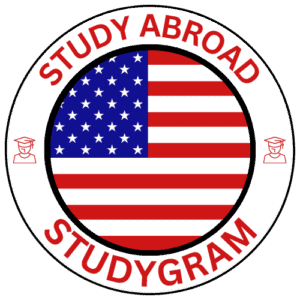NASA Internship: York College Mechanical Engineering Student Gains Hands‑On Experience
York College of Pennsylvania’s mechanical engineering student, Josh Polanchek ’27, spent the summer working as a co‑op intern at the Lyndon B. Johnson Space Center (L B J SC) in Houston, Texas. During this three‑month engagement, Josh applied classroom theory to real‑world aerospace challenges, collaborating with NASA’s extended‑reality (XR) team to design tools and simulations that aid astronaut training and future missions.
Apply for Your Own NASA Co‑Op – Submit your application today and turn your theoretical knowledge into a career‑shaping experience.
Preparing for a NASA Co‑Op Internship
Landing a position at L B J SC demands more than a solid transcript. Students should focus on the following essentials:
Building Relevant Skills
- Programming – Python, C/C++ and simulation packages such as MATLAB or SolidWorks are often required.
- 3‑D Printing & Rapid Prototyping – Demonstrating hands‑on fabrication gives candidates a significant advantage.
- XR Development – Familiarity with Unity or Unreal Engine, and knowledge of VR/AR hardware, proves invaluable for NASA’s training modules.
Networking Tips
- Connect with mentors in your department and alumni who have completed NASA internships.
- Attend university‑hosted aerospace career fairs and open houses at nearby research facilities.
- Reach out directly to internship coordinators via LinkedIn or email; personal introductions can set your application apart from generic submissions.
Plan Your Path – Schedule a free consultation to discuss your aerospace career goals and identify the right internship opportunities.
What Josh Did at Lyndon B. Johnson Space Center
Working with Extended Reality and VR Training
During his co‑op, Josh collaborated with NASA’s XR team to develop “realistic” tools that sync with VR headsets. His role involved:
- Designing mechanical prototypes that astronauts could manipulate while wearing a headset.
- Programming Bluetooth interfaces to transmit sensor data to the VR system.
- Assisting 3‑D printing and assembly of components based on prototype renderings.
Mock‑Up Experiment Devices
Josh created two mock‑ups inspired by Apollo‑era experiments, modernized for today’s Artemis goals:
- A seismic activity inducer staff producing controlled micro‑explosions to simulate lunar subsurface vibrations.
- A magnetometer to capture magnetic field variations during training scenarios.
Both devices transmitted user actions to the VR platform, allowing future astronauts to practice data acquisition in a safe, repeatable environment.
Explore XR Opportunities – Learn more about XR and VR opportunities in aerospace and how they can be integrated into your curriculum.
Applying the Experience to Your Academic Path
Integrating New Technologies into Coursework
The knowledge Josh gained informs both his classroom learning and future projects:
- Incorporating XR concepts into mechanical system design projects.
- Using 3‑D printing data to validate theoretical models.
- Leveraging VR simulations to study human factors in spacecraft operations.
Future Co‑Ops and Career Planning
Having completed a first co‑op successfully, Josh plans to pursue a second internship and remains open to expanding his expertise into AI or computer science minors. Students with similar goals should chart a timeline early, engaging with academic advisors and industry contacts.
Discover Related Programs – Explore related internship programs and see how you can join the next generation of aerospace innovators.
Take the Next Step
Josh’s story demonstrates that hands‑on internship experience at NASA can shift a career trajectory. If you’re ready to step into a role that blends engineering, technology, and exploration, consider a NASA co‑op or similar agency program.
Have questions? Write to us!

